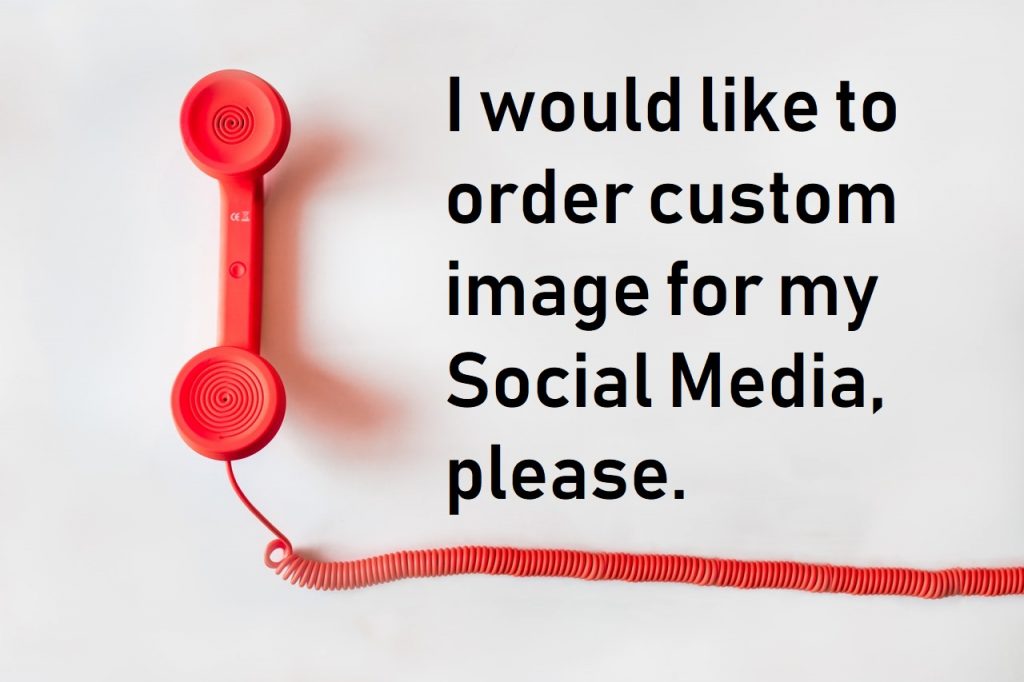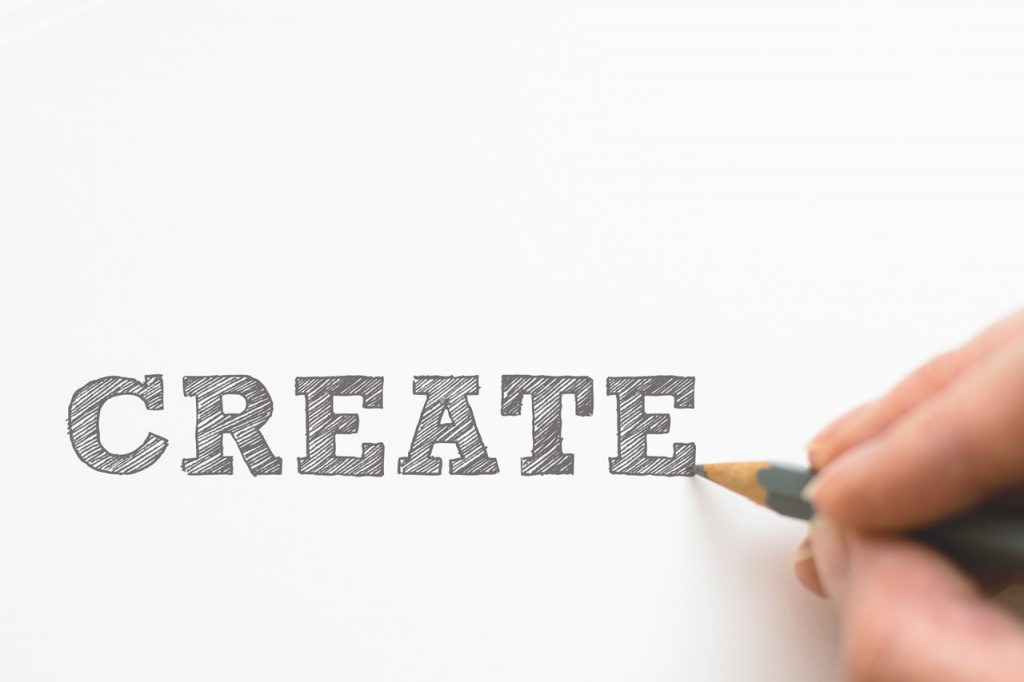The internet and social media platforms offer unlimited options when it comes to marketing, and more and more companies are choosing to embrace the fact that so many of their potential consumers have at least one social profile.
Realizing that social media has a huge potential is however not enough. Utilizing it as a marketing channel takes planning and preparation, and a single mistake can often cost you quite a bit. And with more and more brands vying for what is still a limited amount of online space and an ever-shortening attention span, standing out from the crowd is not always easy.
Having said all that, sometimes something as simple as using the right images can boost the effectiveness of a campaign and reach more eyes and brains.
ince humans are by their very nature very visual beings, images used during a social media campaign can stick with the far longer than a crafty slogan or a catchy tune. Nearly 30 percent of the entire cerebral cortex is used for visual processing, therefore a powerful visual can be a very useful tool to use.
Tweets which include photos receive 35% more retweets on average, while Facebook posts with images receive a 37% increase in engagement on average, which makes it easy to conclude that not using images will not do much in terms of clicks and retweets.
The question now arises of using generic vs. custom images. Why are original images so important, and how can they specifically help your campaign? Let’s find out!

The Ups and Downs
The issue with generic images is that they are generic. Everyone can use them, and you can never be sure that another company, or even a competitor is not reaching for the very same imagery. That will only amount to a lot of confusion, and you will not be doing much in terms of brand recognisability.
On the other hand, original images do require and initial investment – however, this investment can pay off later, in terms of links or even actual cash that you receive when people use your images.
If you are interested in putting your creative cap on and coming up with some original imagery, here is some useful advice:
A Place to Start
The first step in the development of custom images should always be reserved for research on the type of visual content your target audience finds most interesting or engaging. Be it funny images, retro images or something Degas-esque, you should know in what general direction you are moving.
Make sure that the imagery reflects who you are as a brand. Don’t go for something just because you think it will go down well with your target audience, if it is not in line with your brand. In fact, if it is not, you might want to rethink your branding.
Custom Image Development
Now that you are armed with certain information, you can move onto image creation. Whether you do it yourself or outsource it to someone else, make sure you provide clear guidelines and objectives. Artists need a bit more info than “make it look nice”.
Choosing a Colour Scheme
A stunning 90 percent of snap judgments made about a product or service are based on colour and it is one the most important aspects of any image design. It doesn’t just convey emotions, it also helps invoke memories associated with that particular colour, which will in turn help you to connect with your audience on a deeper level.
Learn a bit about the colour wheel and which colours invoke which emotions and go from there. Try to tell a story with the images and colours you use, making sure you are eliciting the desired response.
Balance and Lines

There are four types of balance you should be aware of when creating custom images: symmetrical, asymmetrical, radial and crystallographic, and each offers different possibilities.
For example, symmetrical balance is excellent for drawings, blog graphics or photographs, while asymmetrical balance can be attractive for certain purposes as it creates tension through contrast.
Basically, by playing with elements such as the size of different items, light, darkness, texture and so on, you can create a custom image that perfectly conveys the product’s positive aspects.
The same also goes for the use of lines, visual elements that guide the viewer’s eye to where you want it to go. Curved lines, for example, hint at movement while straight lines imply order.
If you can, try to use images taken by yourself. This is especially important for businesses like cosmetic clinics, which can highly benefit from having their of shots and showcasing their own work, instead of borrowing free images that do not reflect what they do.
The Power of Words and Organization
In the context of visual design, it is very important to make the wording appear interesting, which is why you should never use more than three typefaces. You want to keep readability in mind, the message needs to be clear and precise as well as easy to understand.
Other important things to keep in mind are precise grouping- similar elements need to be grouped together, hierarchy – the most important factors need to be written in biggest fonts and repetition – branding needs to be consistent, as it will help establish you as a unique entity in the minds of your target audience.
Putting it all Together
If all of this sounds a bit intimidating, and you are not certain how to make all these custom images tie in nicely with your marketing objectives, turn to a company specializing in social media ads, and they can help you not only find your unique voice, but find the best way to express yourself visually and get noticed by the right eyes.
Conclusion
Images are huge on social media. Do we even need to mention Pinterest and Instagram? There are brands out there using nothing but Instagram as an advertising channel who are making it big.
While certain industries are certainly more suited to the use of images and others are not, try to make the most of your visuals. They will help you make a name for yourself, and they will also add a certain flair to your advertising words can never quite lend it.
Leave a Reply